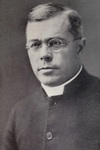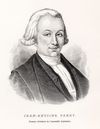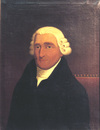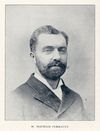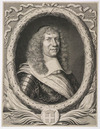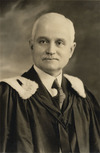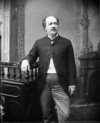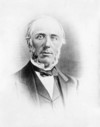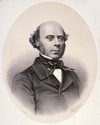other clergy, including archbishops Timothy Casey of Vancouver and, the following
British settlers. His position fitted into the logic of a course of action common to bourgeois reformers, but it can probably also be explained by his independence of mind in regard to the Catholic clergy
association formed, in part, to provide financial support for clergy and their families in the diocese.
Patterson seems never to have married, but he had a
[Ramsay], Bishop Joseph-Octave Plessis*, the clergy, and many other Quebec leaders had lent him their support. A public
Perrault*. He became friends with Paul Bruchési*, a future archbishop of Montreal, who would later help him make contact with clergy. He also
Smith* remarked in his Bystander, “In these times the position of the clergy is a most trying one.” From Toronto, Colonel Ingersoll moved on to Montreal, Ottawa, Belleville, and Napanee
forth. Escorted by his clergy, Bishop Laval* received the saviour of the colony at the entrance to the nave; he offered him holy water and led
association of the clergy and the Métis is not surprising: a people surrounded or threatened by an alien culture frequently find in their church the chief sustainer of their traditions and aspirations. The able
, but which did not prevent him from maintaining a good relationship with the clergy and religious communities. Yet he soon abandoned this kind of social debate to devote himself to more pragmatic and
colonization movement, which, being led by the clergy, exemplified an ideal type of social action. French Canadians, he wrote, were an “essentially hierarchical and Catholic people . . . [who] expect
Lambert*, of wills where substantial cash or property was bequeathed to the church; he managed the finances involved in constructing an extension to the chapel and worked closely with the clergy in the
abolition of seigneurial tenure and the secularization of clergy reserves.
On 22 Feb. 1853 the Legislative Assembly appointed him chairman of a select
together and prepare them for a life of activism for the good of religion and the homeland.” Backed by the highest levels of the Catholic clergy and inspired by Henri
Robert, a long letter “on the subject of public discontent.” Among the 20 causes he listed were the crown and clergy reserves, the land-granting department, the monopoly of the Canada Company [see
.
Furthermore, the Grits took up another reform cause with wide popular appeal in Upper Canada: the secularization of the clergy reserves set up by imperial statute at the founding of the province in 1791 to
book, in the form of questions and answers, from which the historian took care to eliminate anything that might offend the clergy. Fortified by the imprimatur of the archbishop of Quebec, the
December the movement was losing momentum with the rigours of winter, the disapproval of the clergy, and the warnings of journalist Joseph-Israël
the moderate Catholic candidate against Kent and Carson in 1832. Morris helped organize Carson’s campaign. The battle for Irish support was bitter, with allegations that the clergy threatened to deny
Milnes he expressed the opinion that, given the independence of the church and the ignorance and superstition of the population, the influence exerted over the inhabitants by the clergy and the
school question [see Thomas Greenway*], and he presided at functions honouring the clergy, sang at the funerals of prominent co


